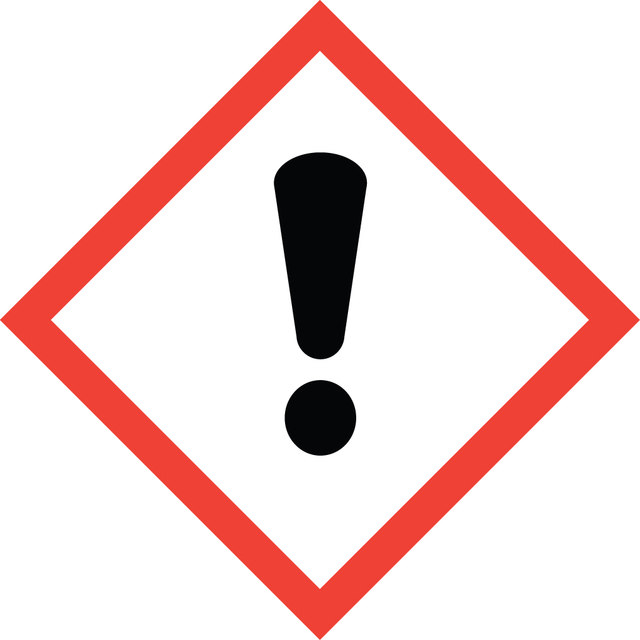Select a Size
About This Item
Product Name
Diethylene glycol, ReagentPlus®, 99%
vapor density
2.14 (vs air)
Quality Level
vapor pressure
0.01 mmHg ( 20 °C)
description
non-ionic
product line
ReagentPlus®
Assay
99%
form
liquid
viscous liquid
autoignition temp.
442 °F
expl. lim.
2-12.3 %
dilution
(for general lab use)
refractive index
n20/D 1.447 (lit.)
pH
5.0-8 (20 °C, 500 g/L)
bp
245 °C (lit.)
mp
−10 °C (lit.)
density
1.118 g/mL at 25 °C (lit.)
functional group
ether
hydroxyl
SMILES string
OCCOCCO
InChI
1S/C4H10O3/c5-1-3-7-4-2-6/h5-6H,1-4H2
InChI key
MTHSVFCYNBDYFN-UHFFFAOYSA-N
Looking for similar products? Visit Product Comparison Guide
Related Categories
General description
Application
Legal Information
Signal Word
Warning
Hazard Statements
Precautionary Statements
Hazard Classifications
Acute Tox. 4 Oral
Storage Class Code
10 - Combustible liquids
WGK
WGK 1
Flash Point(F)
280.4 °F - closed cup
Flash Point(C)
138 °C - closed cup
Personal Protective Equipment
Choose from one of the most recent versions:
Already Own This Product?
Find documentation for the products that you have recently purchased in the Document Library.
Articles
Noble-metal nanostructures find diverse applications from catalysis to biomedical research, leveraging surface properties in various fields.
Our team of scientists has experience in all areas of research including Life Science, Material Science, Chemical Synthesis, Chromatography, Analytical and many others.
Contact Technical Service